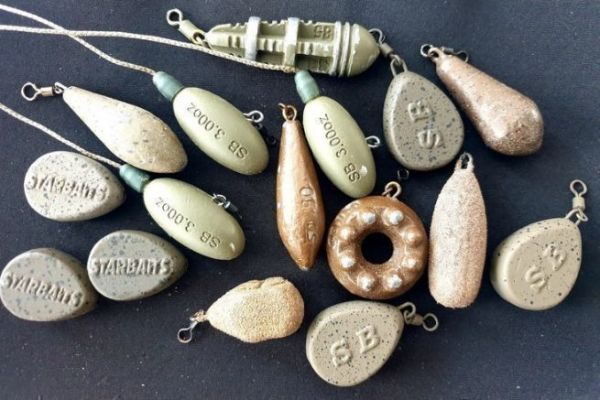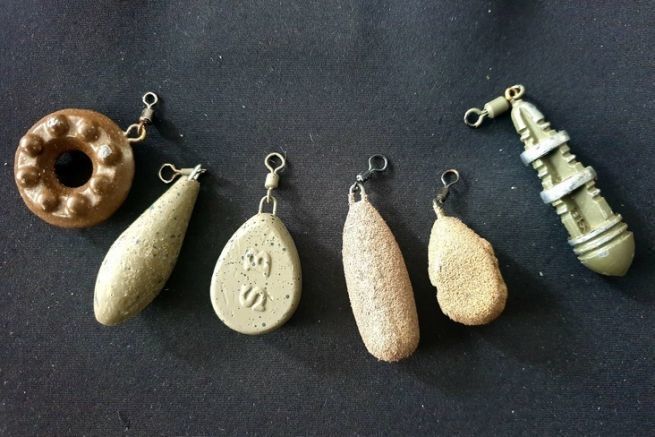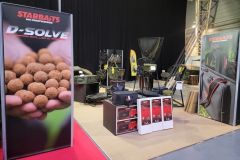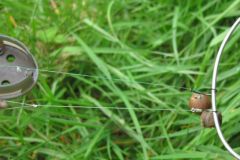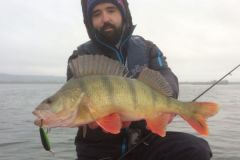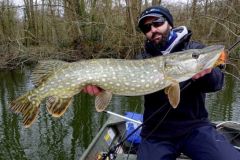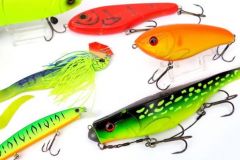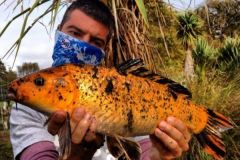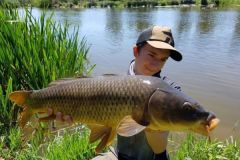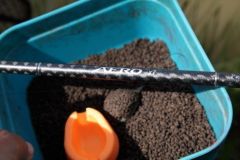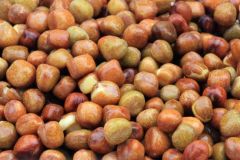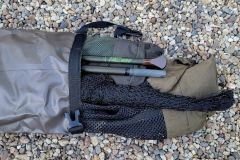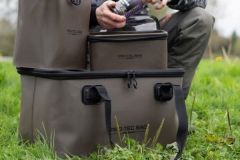By taking into account a few basic characteristics, it's easy to choose the right lead for carp fishing. The right choice is the key to efficiency on several levels. Neglected by some, it is nevertheless a key to success.
In this article, I'll focus solely on lead sinkers with swivels. These are compatible with the lead clip anti-fender developed in a previous article.
Lead characteristics
- Weight: the choice of lead weight will depend on the rods used, the distances to be fished, the type of water fished (current, substrate, depth, wind...) and the type of rig. Lead weights from 80 to 110 g are widely used and quite versatile, but most models are also available in 56 g, 70 g, 98 g, 112 g, 126 g and 140 g.
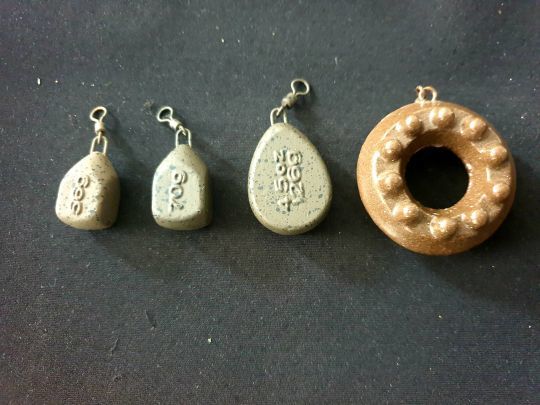
- Color: the background is made of contrasts, but sometimes it's useful to choose sinkers of a color similar to the substrate of the fished area. The most classic colors are brown, green and sand. Suitable for a wide range of playgrounds.
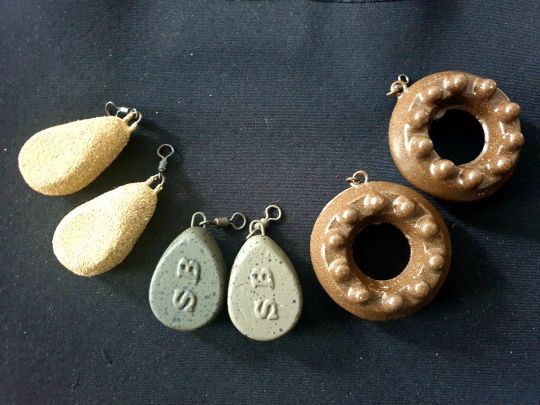
- The shape of lead : it influences casting, bottom hold, assembly presentation and self-clamping quality.
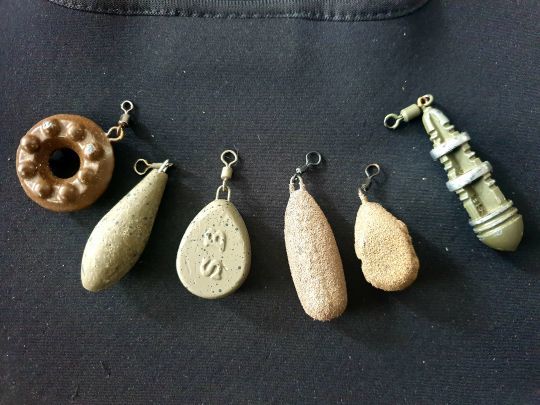
The most commonly used swivel sinkers
- Flat pear lead: highly effective on hard bottoms, it is perfectly suited to fishing slopes without slipping. Perfect for boat drops.
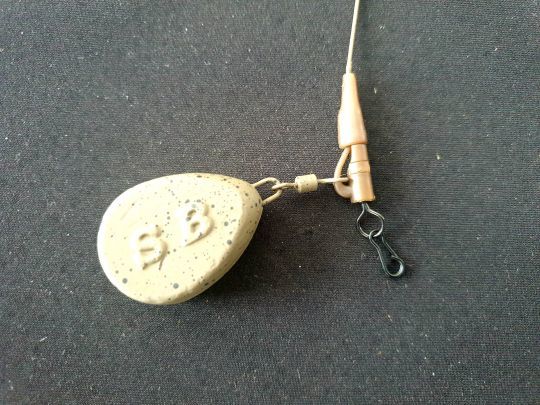
- Square pear lead: a lead that casts very well, with good self-tightening qualities thanks to its condensed shape and good holding power regardless of bottom inclination. It can also be used for boat placements.
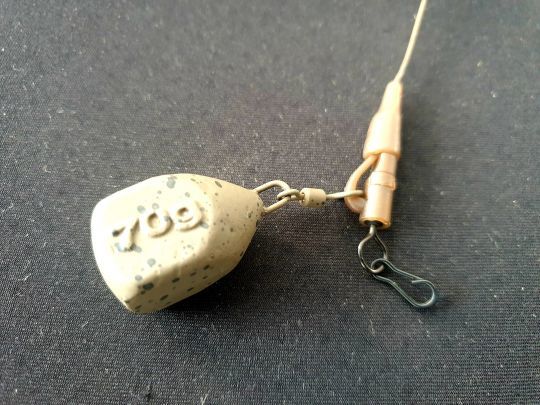
- Lead bombs: lead that compromises aerodynamics and compactness thanks to a symmetrical design. Lead for shore fishing.

- River lead : it behaves like a flat pear sinker, but offers even better grip thanks to its notches. Often used in heavier weights, it is ideal for fishing on the far edge of the water or for boat landing. Particularly suited to running-water fishing.

- Lead distance : its aerodynamic shape makes it ideal for long-distance and precision casts. Its disadvantage is that it penetrates soft bottoms too deeply. Only used from the shore.
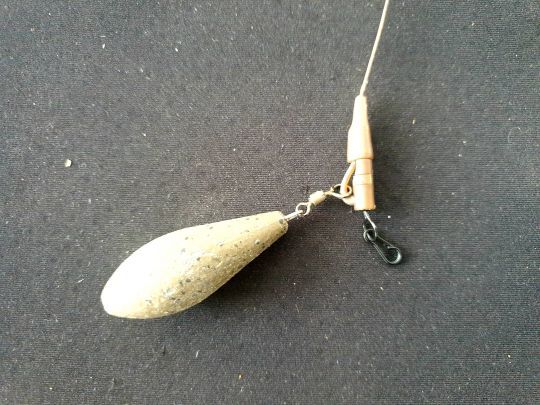
- Lead paste : specially designed to compress paste in its body, which will hold much better than a traditional sinker. Mainly used for short- and medium-range casts or boat drops.
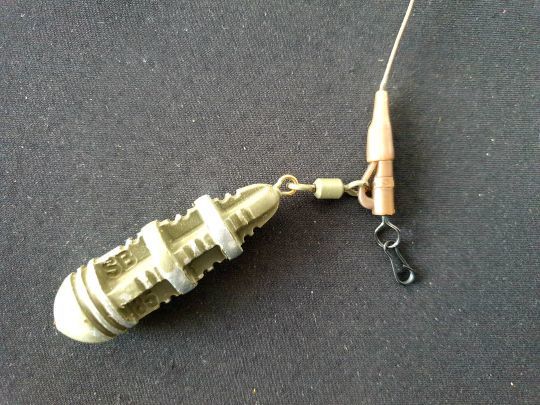
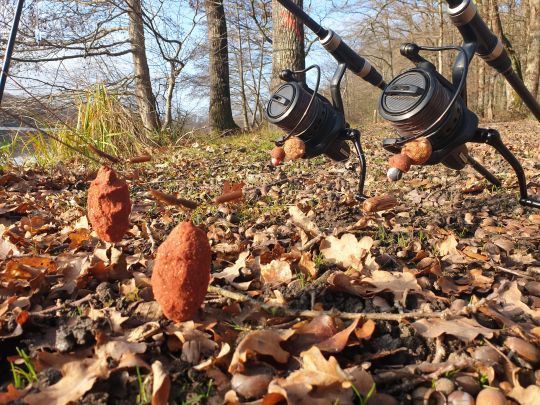
With these few details and a little common sense, you'll be able to choose the lead model that's right for the job. Don't forget that lead is also one of the keys to success (good hold and correct presentation of the assembly), even if it has been neglected for a long time.

 /
/ 

